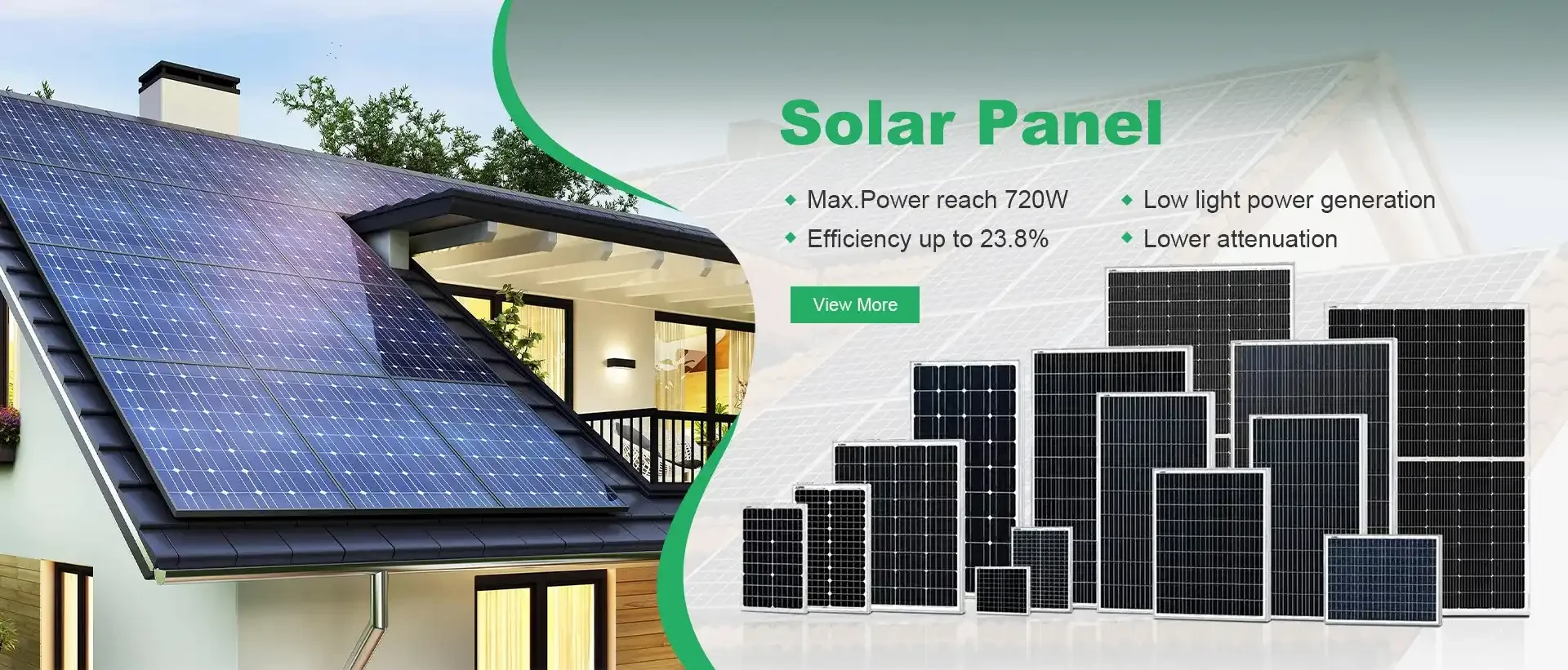solar air conditioning system
Solar Air Conditioning Systems Harnessing the Sun for Sustainable Cooling
In an era where climate change and energy efficiency have taken center stage, the quest for sustainable solutions has led to innovative approaches in various sectors. Among these, solar air conditioning systems stand out as a remarkable intersection of renewable energy technology and HVAC (heating, ventilation, and air conditioning) innovations. This article explores the concept of solar air conditioning systems, their benefits, components, and future prospects.
What is Solar Air Conditioning?
Solar air conditioning systems utilize solar energy to produce cooling, thereby reducing reliance on conventional energy sources, mainly electricity, for air cooling. These systems can be broadly categorized into two types solar thermal cooling and photovoltaic (PV) cooling.
1. Solar Thermal Cooling This system uses solar collectors to harness thermal energy from the sun, which is then utilized in a cooling cycle. Common technologies include absorption chillers and adsorption chillers. In absorption chillers, the heat generated from the sun is used to drive a chemical process that cools the air. These systems are particularly effective in regions with high solar radiation.
2. Photovoltaic Cooling This method uses solar panels to convert sunlight directly into electricity, which then powers conventional refrigeration and air conditioning units. This approach is more adaptable, enabling integration with existing systems without major modifications.
Benefits of Solar Air Conditioning Systems
Solar air conditioning systems provide numerous advantages, creating a compelling case for their adoption
- Energy Cost Savings By relying on solar energy, these systems can significantly reduce electricity bills, especially during peak summer months when cooling demands soar. Initial investment costs can be recuperated over time through energy savings.
- Reduced Carbon Footprint Solar air conditioning contributes to decreasing greenhouse gas emissions. Traditional HVAC systems often rely on fossil fuels or grid electricity generated from non-renewable sources. By switching to solar, users can greatly lower their carbon footprint.
- Energy Independence Utilizing solar energy allows homeowners and businesses to become less dependent on external energy suppliers
. This not only mitigates risks associated with fluctuating energy prices but also enhances energy security.- Sustainability As solar energy is abundant and renewable, solar air conditioning systems align with sustainability goals. They promote the use of clean energy sources and contribute to global efforts aimed at reducing reliance on fossil fuels.
solar air conditioning system

Key Components of Solar Air Conditioning Systems
The efficiency and effectiveness of solar air conditioning systems depend on various components
- Solar Collectors These are essential for thermal systems, capturing sunlight and converting it into heat. They can be flat-plate collectors, evacuated tube collectors, or concentrated solar power systems.
- Chillers Absorption or adsorption chillers are crucial in solar thermal systems, utilizing the heat produced to cool the air.
- Photovoltaic Panels For PV cooling systems, high-efficiency solar panels convert sunlight into electricity, providing power to air conditioning units.
- Storage Systems Thermal or electric storage can be incorporated to ensure consistent cooling even when sunlight is not available, such as during nighttime or cloudy days.
Challenges and Future Prospects
Despite their numerous advantages, solar air conditioning systems face certain challenges. Initial installation costs can be high, and performance can be impacted by geographic location, design, and installation quality. Nonetheless, technological advancements are continually enhancing efficiency and driving down costs.
The future of solar air conditioning looks promising as awareness of renewable energy solutions increases. Government incentives, subsidies, and policies promoting clean energy adoption are likely to bolster the market. Besides, innovations such as integrated building design, improved battery technologies, and energy management systems will further enhance the appeal of solar air conditioning solutions.
Conclusion
Solar air conditioning systems represent a vital shift towards sustainable cooling solutions, offering both economic and environmental benefits. As technological advancements continue to evolve and commercial viability grows, solar air conditioning stands on the brink of becoming a mainstream solution. It’s not just about cooling homes or office spaces; it’s about paving the way for a more sustainable and resilient future in the face of climate change. The journey towards realizing a solar-powered cooling infrastructure is well underway, and embracing it can be a significant step toward a greener planet.
-
String Solar Inverter: The High-Efficiency Solution for Smart Solar EnergyNewsJul.14,2025
-
Revolutionizing Rooftop Energy with the Power of the Micro Solar InverterNewsJul.14,2025
-
Power Independence with Smart Off Grid Solar Inverter SolutionsNewsJul.14,2025
-
On Grid Solar Inverter: Powering the Future with Smart Grid IntegrationNewsJul.14,2025
-
Monocrystalline Solar Panels: High-Efficiency Power for the Future of Clean EnergyNewsJul.14,2025
-
Bifacial Solar Panel: A Smarter Investment for Next-Generation Energy SystemsNewsJul.14,2025







